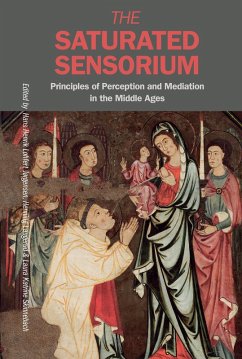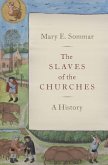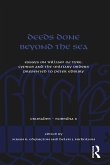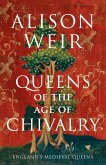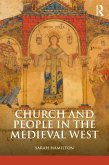The Saturated Sensorium is a book about the senses and their media in the Middle Ages: a book about what it meant to sense and perceive something. The book highlights the integrated and unified nature of medieval senses and media. It discusses the inter- and multi-mediality of cultic and cultural artefacts as well as the sensorial and inter-sensorial dimensions of a wide array of cultural concepts and practices within medieval religion, art, archaeology, architecture, literature, music, food, social life, ritual, devotion, cognition, and memory. These domains of sensory and media history are dealt with, not as isolated anthology articles in only loose connection with one another, but as coordinate and comparative chapters of a coherent book each covering a principal branch of the cultural history of the medieval senses. Across a number of academic disciplines, specialists address the interdisciplinary and compound character of visus (sight), auditus (hearing), tactus (touch), olfactus (smell) and gustus (taste), showing that there was far more to the senses and to sense experience than these five classical Aristotelian categories might suggest. A plentiful variety of sensory modes interacted, crossed, and permeated each other in mutually entangled and braided ways. The saturated sensorium nurtured the sacred and secular practices of mediation, representation, and consumption; the embodied and mental concepts of sanctity, memory, and imagery; the physical and spiritual spaces of environment, cult, and burial; the material and visual culture of sacraments, sensation, and incarnation.
Dieser Download kann aus rechtlichen Gründen nur mit Rechnungsadresse in A, D ausgeliefert werden.

